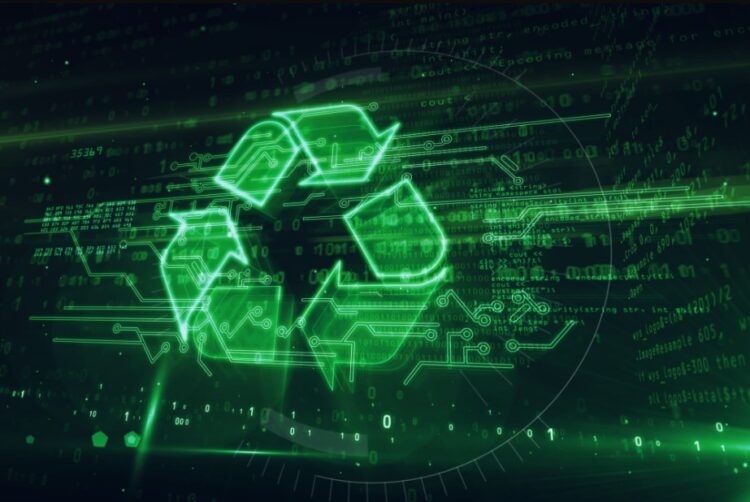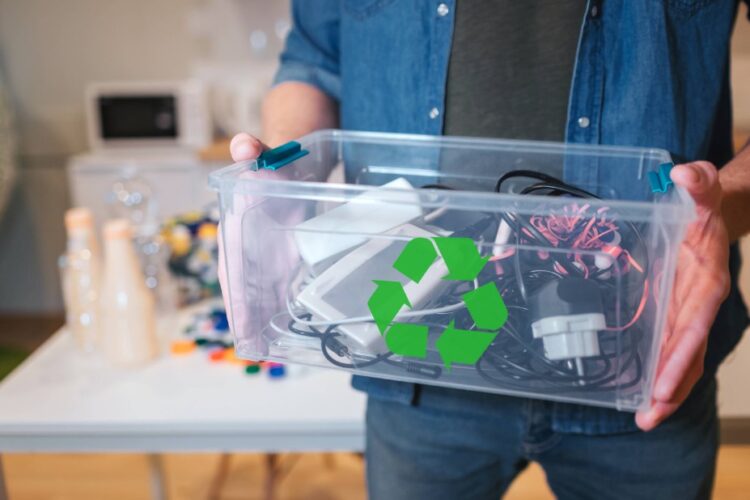As businesses expand, they often encounter an increase in electronic waste, commonly known as e-waste. This refers to discarded electronic appliances and gadgets which are not only a source of toxic materials but also represent a significant loss of valuable resources if not properly managed.
For businesses in 2024, the imperative to reduce e-waste is both an environmental concern and a strategic business decision. Here’s a comprehensive guide on how to effectively manage and reduce e-waste for growing businesses.
Understanding E-waste and Its Impact
Electronic waste recycling encompasses a broad spectrum of discarded electronic devices, from computers and printers to smartphones and televisions. These items contain hazardous substances like lead, mercury, and cadmium, which can harm the environment and human health if not disposed of correctly. Moreover, e-waste represents squandered resources such as precious metals and rare earth elements that could be recovered and reused.
The impact of e-waste is substantial and multi-faceted. Environmentally, it leads to soil, water, and air pollution when improperly discarded. Economically, the loss of recoverable materials means a missed opportunity for businesses to recoup value. Socially, informal e-waste recycling can pose severe health risks to workers.

Strategic Planning for E-waste Reduction
The first step in e-waste reduction is strategic planning. Businesses need to evaluate their current use of electronics and identify areas where waste is generated. This might involve assessing the lifecycle of electronic products used within the company and determining the potential for waste reduction at each stage.
A sound strategy involves setting clear e-waste reduction targets, designing an action plan to achieve these goals, and establishing metrics to measure progress. This plan should be integrated into the broader sustainability objectives of the business, ensuring that e-waste management is not an afterthought but a key component of the company’s environmental strategy.
Extending the Life of Electronics
One effective approach to reduce e-waste is extending the lifespan of electronics. Businesses can achieve this by maintaining and repairing devices instead of replacing them. Regular software updates, cleaning, and timely repairs can significantly extend the life of electronic equipment.
Companies can also consider leasing electronics rather than purchasing them. Leasing agreements often include maintenance services, which can ensure that devices are kept in optimal condition, thereby extending their useful life.
Investing in High-Quality and Upgradable Products
Investing in high-quality electronics that are designed to last is crucial. These products may have a higher upfront cost, but they pay off in the long term by reducing the frequency of replacements. Additionally, choosing electronics that are upgradable allows businesses to update only certain components instead of the entire device when improvements are necessary.

Adopting a Circular Economy Approach
A circular economy model focuses on maximizing the utility of products and materials over their lifecycle. For e-waste, this means designing products for durability, repairability, and recyclability. Businesses can contribute by choosing products that adhere to these principles and by engaging in practices that support a circular economy, such as take-back schemes where manufacturers reclaim products at the end of their life.
Responsible Recycling and Disposal
When electronics do reach the end of their life, it’s essential to dispose of them responsibly. Businesses should partner with certified e-waste recyclers who follow environmental and health standards. These recyclers recover valuable materials from old electronics and ensure that hazardous substances are handled correctly.
Companies can also participate in or organize e-waste collection drives to ensure that electronic waste from their operations and even from their employees’ homes is collected and recycled responsibly.
Employee Training and Engagement
Finally, reducing e-waste requires the involvement of the entire organization.
Training employees on the importance of e-waste management and engaging them in reduction efforts is crucial. This might involve educational workshops, incentive programs for reducing waste, and clear communication on how to handle electronic waste.
Employees are often the ones who use electronic devices daily, and their behavior can have a significant impact on the amount of e-waste generated. By empowering them with knowledge and tools, businesses can ensure that their e-waste reduction strategies are implemented effectively.

Conclusion
Reducing e-waste is a critical challenge for growing businesses in 2024. By understanding the impact of e-waste and implementing strategic, practical measures, companies can mitigate their environmental footprint, save resources, and contribute to a healthier planet.
It requires a concerted effort across all levels of the organization, from top-level strategy to individual actions by employees. With the right approach, businesses can not only reduce e-waste but also position themselves as responsible and forward-thinking entities in a world increasingly focused on sustainability.
 Hi Boox Popular Magazine 2024
Hi Boox Popular Magazine 2024



